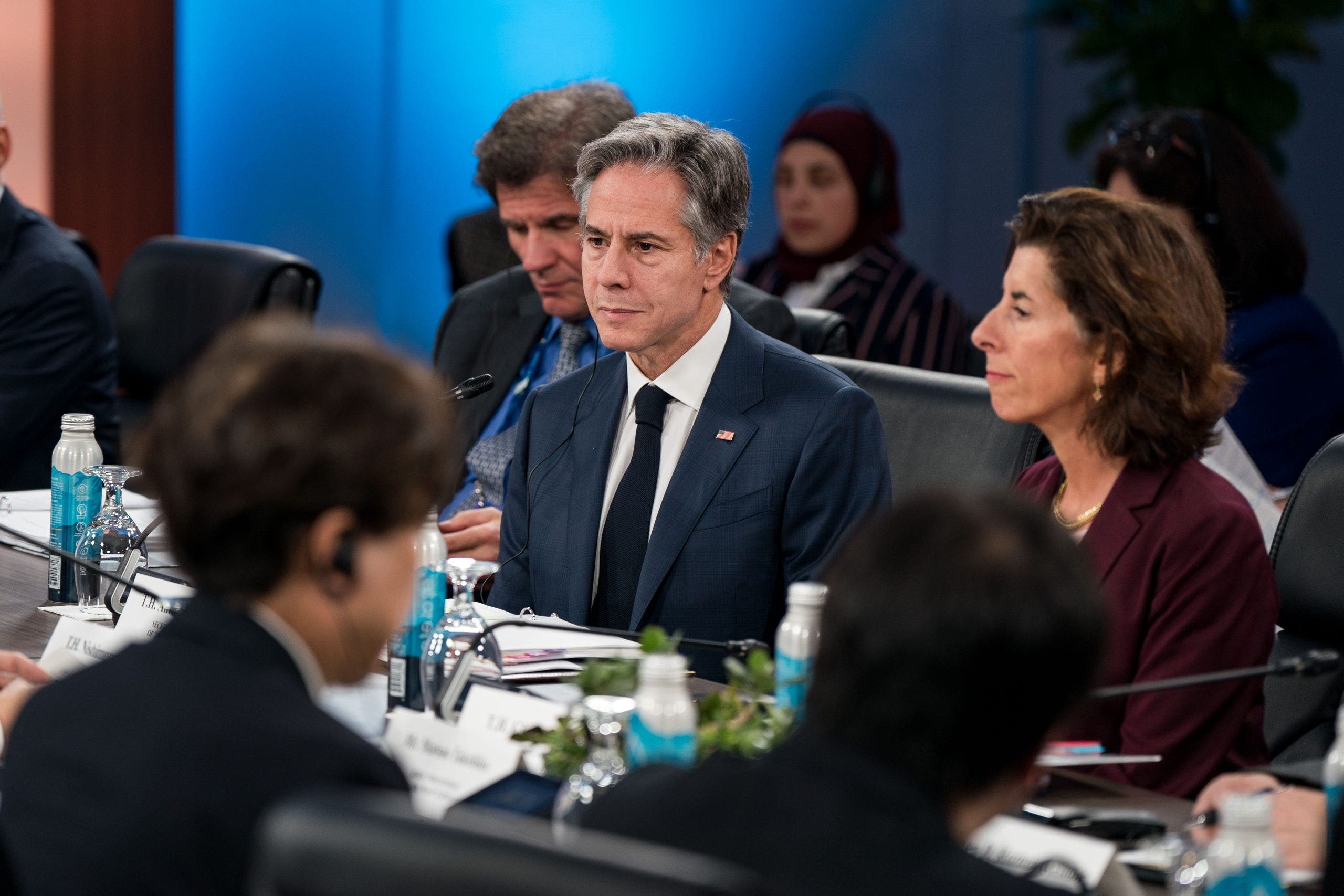BOGOTA, Colombia (AP) — The mayor of Colombia’s capital on Monday announced new measures to reduce water consumption in the city of eight million people, where a drought associated with the El Niño weather pattern has already prompted officials to ration water in most neighborhoods and ask residents to change their showering habits.
In a statement aired by local media, Bogotá’s Mayor Carlos Fernando Galán said homes that use more than 22 cubic meters of water per month will have to pay additional fees. He also threatened to impose fines of up to $300 on people who wash their cars on the streets or conduct other activities that are deemed to be a waste of water.
COLOMBIAN MAYOR ISSUES 6-MONTH PROSTITUTION BAN IN TOURIST-HEAVY NEIGHBORHOODS
The mayor said that city buses, which are usually washed every day, will now only be washed once per week. For public health reasons, the insides of the buses will still need to be cleaned on a daily basis.
A view of the exposed banks due to low water levels of the El Penol-Guatape hydroelectric dam, in Guatape, Colombia, Wednesday, April 3, 2024. (AP Photo/Fredy Amariles)
“We have started to reduce water consumption, but there is still a long way to go to reach our goals,” Galán said.
Water rationing is rare in Bogotá, a city that is located in a humid patch of the northern Andes Mountains and is surrounded by cloud forests and emerald green fields.
But several months of dry weather, caused by the El Niño weather phenomenon have destabilized the city’s reservoirs and led to forest fires in January.
Bogotá’s main source of water, the Chingaza Reservoir System, is currently 15% full, its lowest level ever. Experts have warned that if rains do not return to the area, its reservoirs could run out of water in two months.
Faced with this situation, officials in Bogotá last week rolled out a water rationing system that divides the city into nine zones. Each zone is cut off from the water supply for 24 hours, on a rotating basis.
Galán said on Monday that since the rationing system began on Thursday the city’s water consumption has dropped to 16.01 cubic meters per second, from 17.84 cubic meters per second. But the mayor said that the city’s water consumption must fall to 15 cubic meters per second in order for reservoirs to recover.
Over the past few days, city officials have also urged residents to use less water, by limiting their showers to five minutes and turning off their taps while they brush their teeth.
The mayor also suggested that residents of the capital should stop showering on a daily basis, as is customary in Colombia, especially when they don’t have to leave their homes.
“We are not only going to reduce consumption through rationing, but also by changing our behavior,” Galán said.




